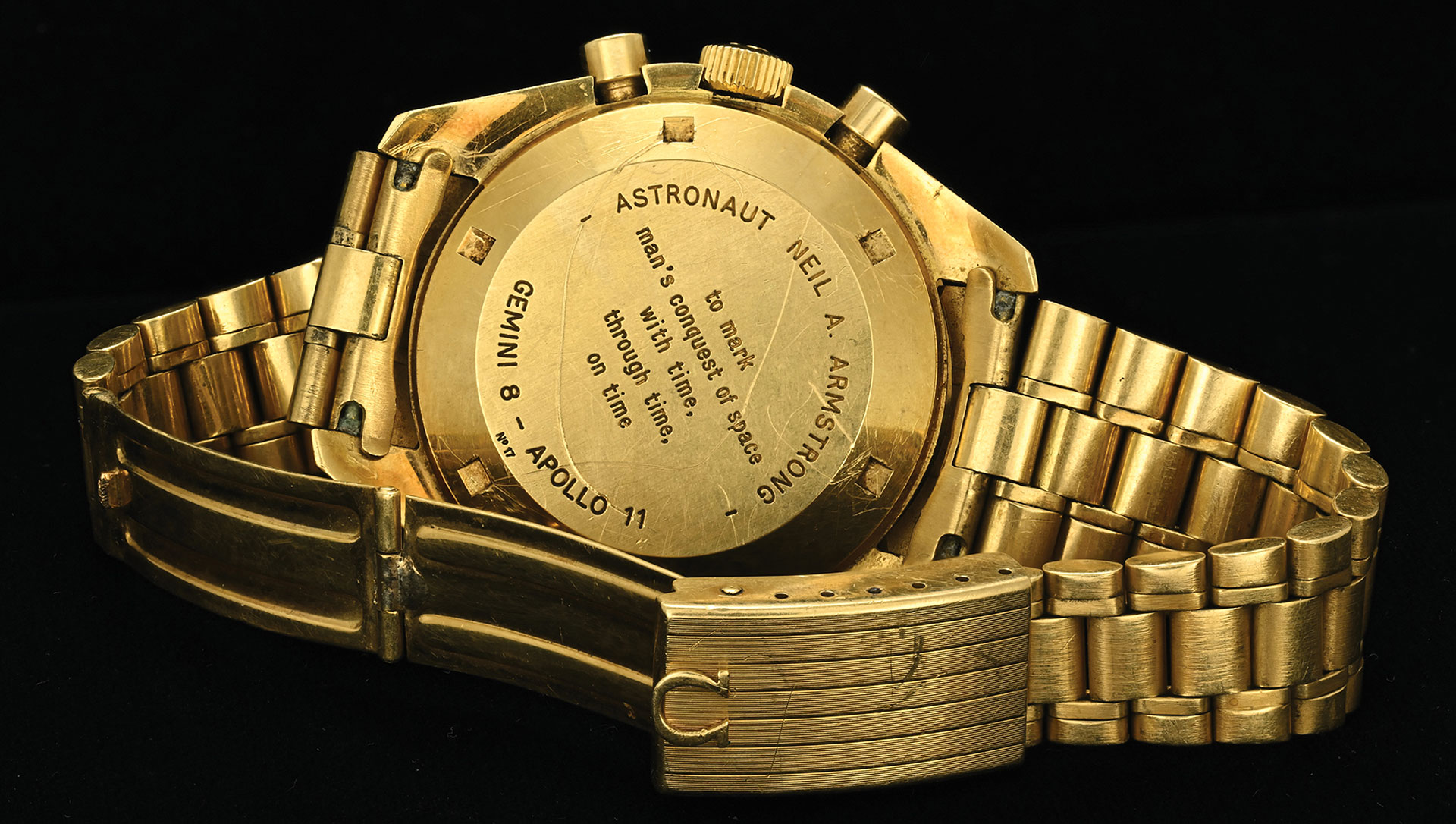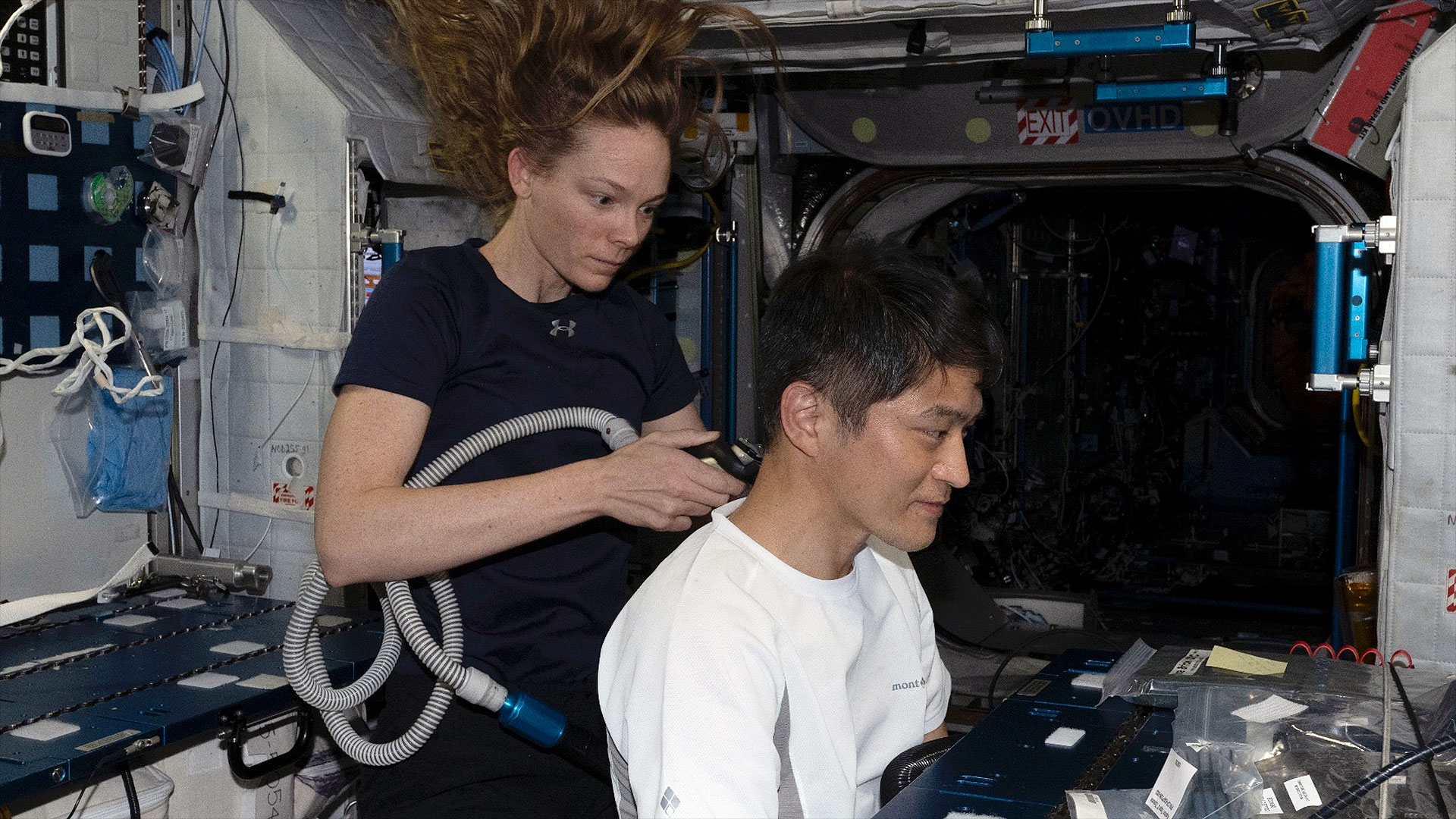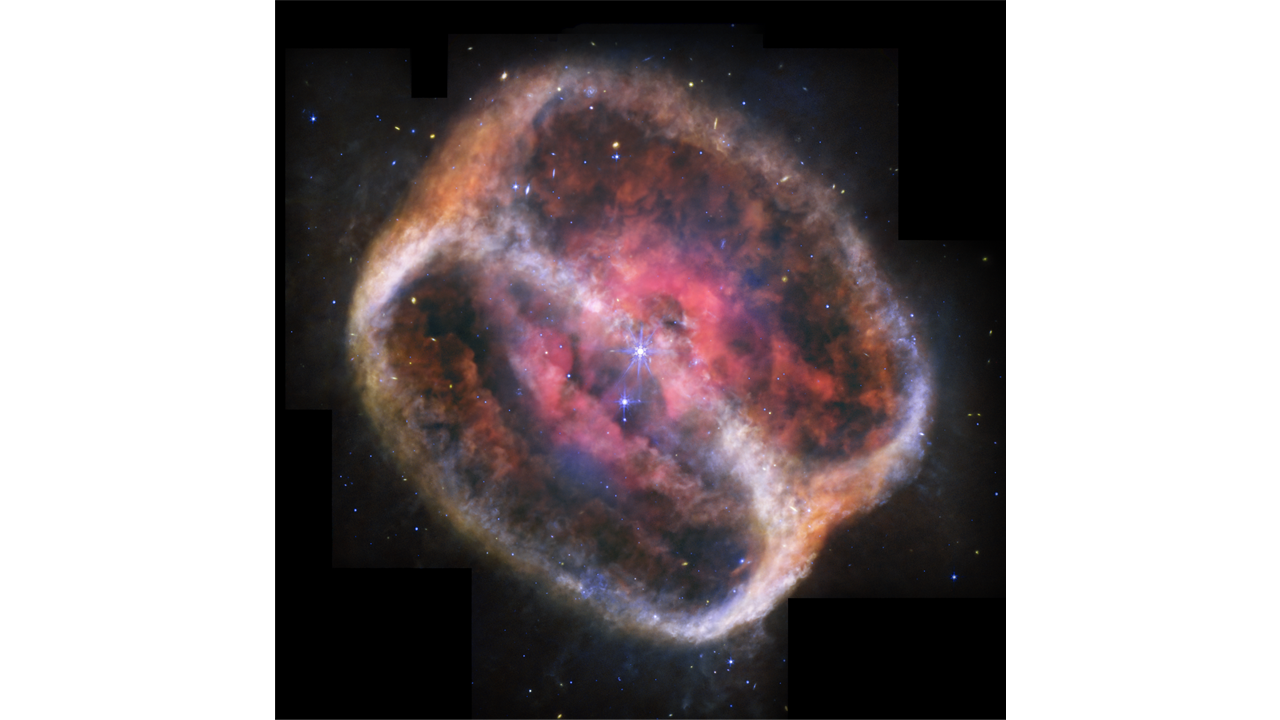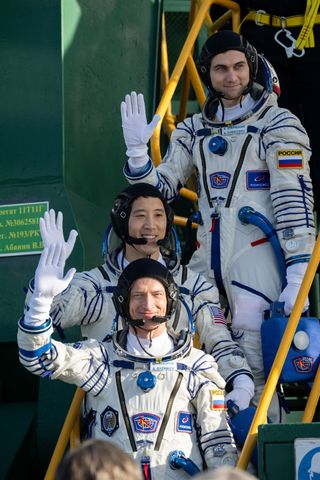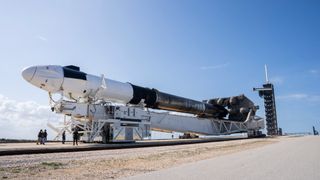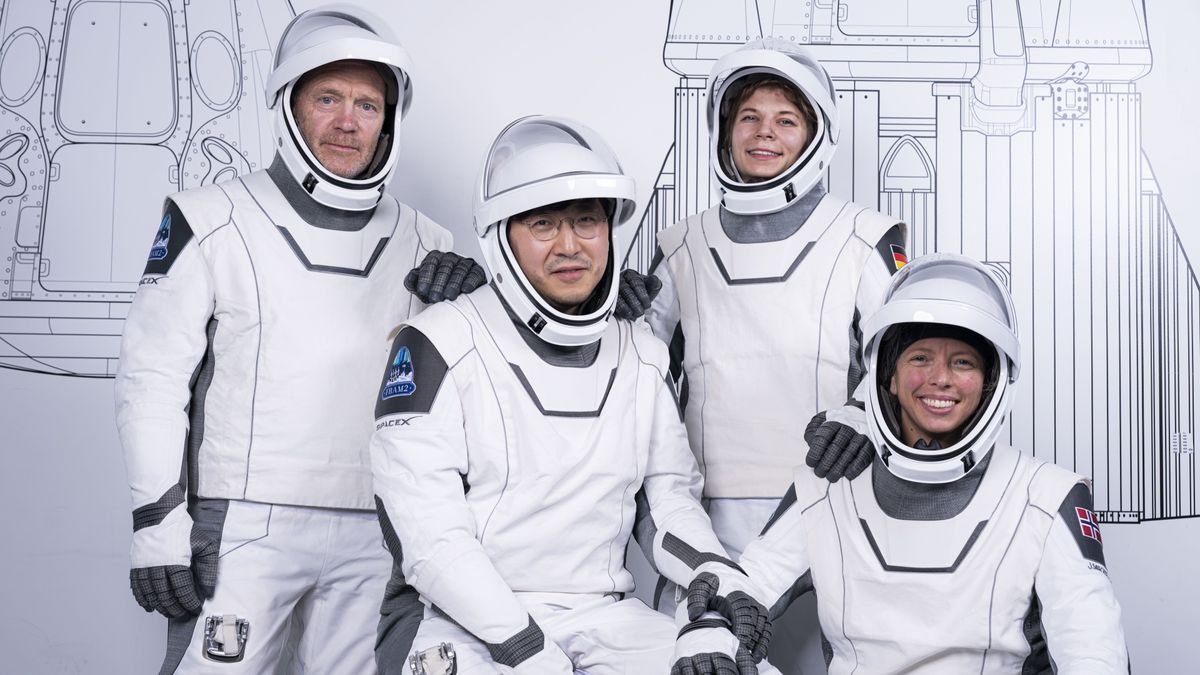Watch live! NASA astronaut Don Pettit and 2 cosmonauts return to Earth from ISS – YouTube Watch On NASA astronaut Don Pettit and two cosmonaut colleagues will return to Earth this evening (April 19), and you can watch their homecoming live. A Russian Soyuz spacecraft carrying Pettit, Alexey Ovchinin and Ivan Vagner is scheduled to undock from the International Space Station (ISS) today at 5:57 p.m. EDT (2157 GMT). It will touch down on the steppe of Kazakhstan about 3.5 hours later at around 9:20 p.m. EDT (0120 GMT and…
Read MoreTag: Missions
Apollo 11 astronaut Neil Armstrong’s gold Omega moonwatch sells for record $2.2M at auction
A new record has been set for the most paid at auction for an astronaut’s timepiece. The 18-karat gold Omega Speedmaster that was presented to Neil Armstrong four months after he became the first person to walk on the moon in 1969, sold for a hammer price of $1.7 million on Thursday (April 17). With the auction house’s fees included, the total price for the chronograph was $2,187,500 — $280,546.25 more than the previous record set in 2022 by a nearly-identical gold Speedmaster gifted to Mercury, Gemini and Apollo astronaut…
Read MoreHaircut on high: Getting a trim in space | Space picture of the day for April 17, 2025
NASA astronaut Nichole Ayers gave Takuya Onishi, her JAXA crewmate, a haircut on board the International Space Station on April 13, 2025. (Image credit: JAXA/Takuya Onishi) What is it? A month into his second long-duration stay aboard the International Space Station, Expedition 73 commander Takuya Onishi received a haircut from his crewmate Nichole Ayers. Onishi shared this photo on social media, commenting on how this haircut by a NASA astronaut was different from his experience with a Russian cosmonaut during his first stay on the station in 2016. “A different…
Read MoreJames Webb Space Telescope sees a celestial Venn diagram around a dying star
A stunning new image from the James Webb Space Telescope (JWST) is allowing astronomers to examine the complex and turbulent final stages of a dying star’s life. The snapshot above showcases NGC 1514, a planetary nebula that resides roughly 1,500 light-years from Earth in the constellation Taurus. Despite the term, however, NGC 1514 has nothing to do with planets. Instead, at its heart, there are two stars. These stars appear as a single point of light in the James Webb Space Telescope‘s view, and this point of light is encircled…
Read MoreNavy SEAL-doctor-astronaut lifts off with cosmonauts on Russian flight to ISS
A Navy SEAL, medical doctor and NASA astronaut lifted off for an eight-month mission on the International Space Station — and that was just one of the three crewmembers on the trip into Earth orbit. Jonny Kim of the United States, together with Russia’s Sergey Ryzhikov and Alexey Zubritsky, launched on Tuesday (April 8) as the Soyuz MS-27 crew. Riding atop a Soyuz 2.1a rocket, they ascended from Russia’s Baikonur Cosmodrome in Kazakhstan at 1:47 a.m. EDT (0547 GMT or 10:47 a.m. local time). “I am so proud and excited,”…
Read MoreNASA’s Perseverance rover watches as 2 Mars dust devils merge into 1 (video)
NASA’s Perseverance Mars rover captured a giant dust devil devouring a smaller storm swirling close behind it on the rim of Jezero Crater. Martian dust devils are spinning columns of warm air that pick up dust and debris as they move across the surface of the Red Planet. Perseverance spied the two merging storms on Jan. 25, while exploring the western rim of Mars’ Jezero Crater at a location called “Witch Hazel Hill.” “Convective vortices — aka dust devils — can be rather fiendish,” Mark Lemmon, a Perseverance scientist at…
Read MoreNASA Trains for Orion Water Recovery Ahead of Artemis II Launch
4 min read Preparations for Next Moonwalk Simulations Underway (and Underwater) The Crew Module Test Article (CMTA), a full scale mockup of the Orion spacecraft, is seen in the Pacific Ocean as teams practice Artemis recovery operations during Underway Recovery Test-12 onboard USS Somerset off the coast of California, Saturday, March 29, 2025. NASA/Bill Ingalls Preparations for NASA’s next Artemis flight recently took to the seas as a joint NASA and Department of Defense team, led by NASA’s Exploration Ground Systems Program, spent a week aboard the USS Somerset off the…
Read MoreSpaceX rolls out rocket for historic Fram2 astronaut flight over Earth’s poles (photos)
The hardware that will fly a historic private astronaut mission has made it to the launch pad. On Saturday (March 29), SpaceX posted photos on X of the Fram2 mission’s Falcon 9 rocket and Crew Dragon capsule rolling out to Launch Complex 39A at NASA’s Kennedy Space Center in Florida. The milestone keeps Fram2 on track to launch on Monday evening (March 31). Liftoff is scheduled for 9:46 p.m. EDT (0146 GMT on April 1), though there are three additional instantaneous opportunities during the 4.5-hour-long launch window. Fram2, which is…
Read MoreISS National Lab explores the future of space in new podcast ‘Between a Rocket and a Hard Space’
It seems like everyone on Earth — and beyond — is getting into the podcast business these days. The International Space Station National Laboratory just launched “Between a Rocket and a Hard Space,” a brand-new podcast that explores the future of space innovation. The series will delve into the discoveries, innovations, projects and personalities helping to forge the future of space. Episodes can be accessed via all major platforms, including Apple Podcast, iHeartRadio, Spotify and YouTube. Key artwork for the ISS National Laboratory’s new podcast series. (Image credit: NASA/ISS National…
Read MoreX-rays, mushrooms and more: The science riding on SpaceX’s Fram2 astronaut mission around Earth’s poles
A new mission from SpaceX will soon send humans over Earth’s poles for the first time ever. Launching no earlier than Monday (March 31), the privately funded, four-day Fram2 mission has quite a few tasks to accomplish in a short timespan. The Fram2 crew will be the first people to observe the polar regions from low Earth orbit, and they’ll work on experiments and projects designed to forward our understanding of long-duration spaceflight. The mission will also mark the first time that crews have used an X-ray machine on humans…
Read More
